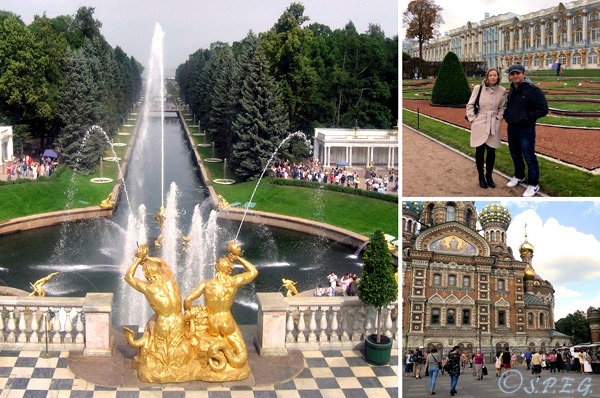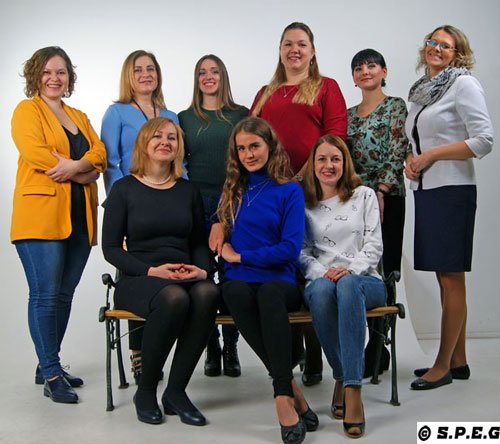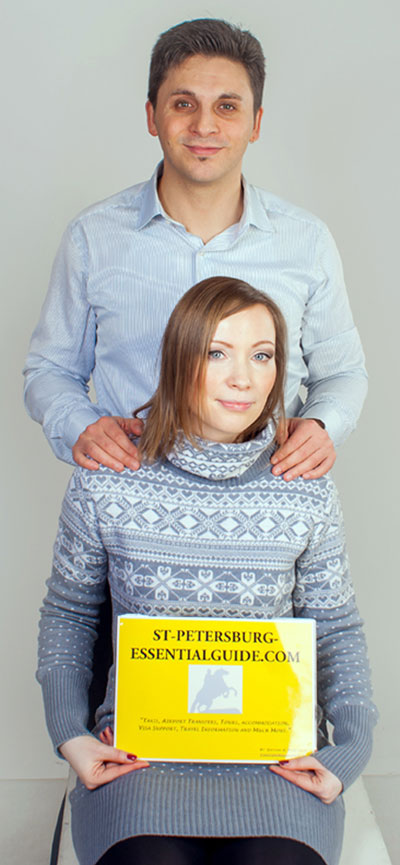catherine the great
a brief look at her life & achievements
Catherine the Great of Russia was Empress and ruler of Russia from 1762-1796, the longest reign of any female leader in Russian history. Her accomplishments are often overshadowed by the legends and rumors about her scandalous personal life.
Catherine the Great came to power after the assassination of her husband Peter III at the end of the Seven Years’ War. Under her rule, the Empire became larger, both by the conquest of bordering countries and through diplomatic arrangements. The strength of the Empire also grew and during her reign, the Russian Empire was considered one of the great powers of Europe.
She became known as Catherine the Great for a number of reasons. Her opinion of the church and the removal of religious studies from lay schools resulted in greater freedom of religion for non-Catholics. She bestowed some legal rights on the serfs, who before had no recourse against unfair treatment by landowners.
But perhaps her greatest accomplishment was simply to be able to successfully rule and control a large empire with a population that was often discontent for more than three decades. This is why most remember her as Catherine the Great of Russia.
more about catherine the great
Below is a brief look at who Catherine I was and what she did during her reign. We tried to split the article into three parts to make it an easy read for you. Hope you like it!
HER EARLY LIFE, family, and more
Born in 1729 as Sophia Augusta Fredericka, the Empress began her life as a princess in Szczecin (Pomerania) because she was the daughter of a Prussian prince. Szczecin is now a city in Poland and at the time was a part of Prussia.
She took on the name Catherine, or Ekaterina Alekseyevna. Though technically royalty, Sophia’s family was not wealthy. Her mother’s relatives, on the other hand, were quite wealthy and it was through them that shewed Peter III and eventually came to power.
According to her writings, she was not fond of the young man, who was then known as Peter von Holstein-Gottorp, when she first met him at the age of 10. In later years she wrote that she came to Russia determined to do whatever was necessary and to profess to believe whatever was required in order to become Empress.
She converted from German Lutheran to Eastern Orthodox and received her now famous name, Catherine. She was betrothed to Peter immediately following her conversion and the two were married in Saint Petersburg on August 21, 1745, when she was 16.
her reign, events, and personal results
Catherine became Empress Consort after the death of Empress Elizabeth in January 1762 when her husband was crowned Peter III of Russia. The two took up residence in the Winter Palace of Saint Petersburg, but the new tsar was eccentric and his policies unpopular. He and his wife ended up on different political sides. She had more powerful supporters.
In June of 1762, one of her co-conspirators was arrested, setting into action a chain of events that ended with Peter’s abdication of the throne and his assassination. As a result, she became the sole occupant of the Russian throne, Empress Catherine. Although some challenged her right to take the throne because of her unfair policies, the precedent was established when Catherine I became empress after the death of Peter I.
Empress Catherine was an admirer of Peter the Great and like the first Emperor, she believed in modernization. She founded new cities and towns, supported artists and the arts, and established the first state-financed European institution of higher education for women, the Smolny Institute today known as the Smolny Historical and Memorial Museum.
From 1764 to just before the 1917 revolution, girls of the noble class were educated at the school. The building served as the Bolshevik headquarters during the 1917 October Revolution and Lenin lived there for several months. The building can still be seen in Saint Petersburg and is often admired for its architectural design.
Catherine was also a successful military ruler; her troops conquered a lot of new territories. She also allowed a system of serfdom to continue in Russia, something that would contribute to a full-fledged revolt led by a pretender to the throne.
her death, succession, and more
Catherine died in her bed on Nov. 17, 1796, at the age of 67 after suffering a stroke. She was succeeded by Paul I, who was supposedly her son with Peter III (Paul’s true father may have been Sergei Saltykov, one of Catherine’s lovers). In any event, Paul did not last long on the throne; he was assassinated in 1801.
One more piece of history to add is that the succession of Catherine I in 1725 was to mark the start of a period that historians call "The Age of Women on the Throne". The brief reign of Peter II gave way to ten years under Anna Ioannovna. Then the crown passed for twenty years to Elizabeth Petrovna. Her designated heir, Peter III, was deposed after a few months by his wife, who ruled as Catherine II for over three decades. Yet the age of Empresses is nothing more than a metaphor.
The fact is that in the absence of a direct male heir to Peter I, the reign of state passed at his death into the hands of mutually hostile groups of aristocrats headed by prominent politicians who chose their own candidates from the meager range offered by the House of Romanov and installed them on the throne
Under Catherine the Great, Menshikov wielded unbridled power, under Anna Ioannovna it was Biron, under Elizabeth Chancellor Bestuzhev-Riumin, under Catherine II the Orlovs, Potemkin, Bezborodko, and others. Their common chief aim was not to allow a repetition of the horrors that had occurred in the Time of Troubles, to keep the throne steady.
From Catherine the Great return to the Homepage
DO YOU LIKE ST PETERSBURG ESSENTIAL GUIDE? HAVE YOU FOUND THIS PAGE HELPFUL?
If you do, please help others to find out about it. If you have a blog or website, or know someone who does, consider linking to us. Share the link on Facebook, Tweet it... you get the idea. Every link helps!



